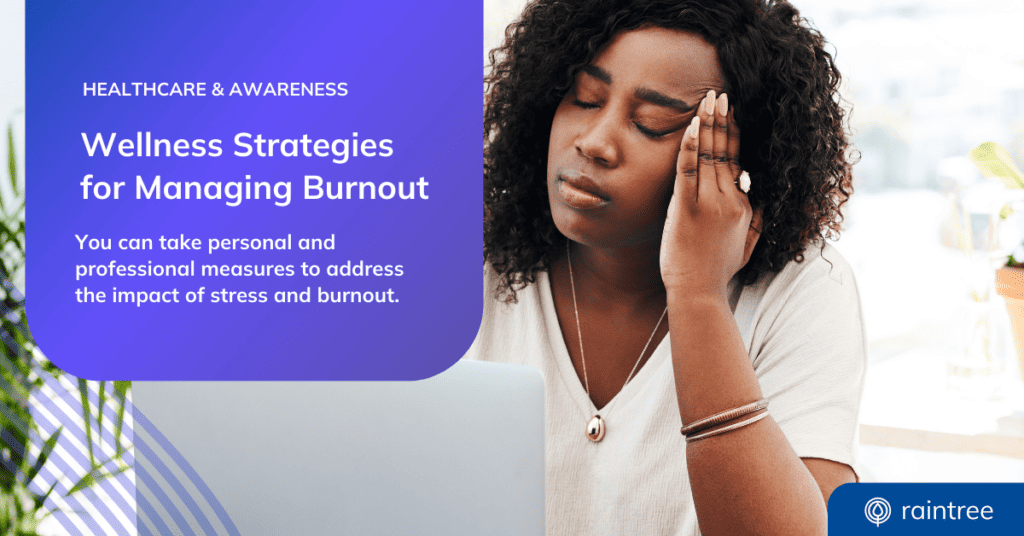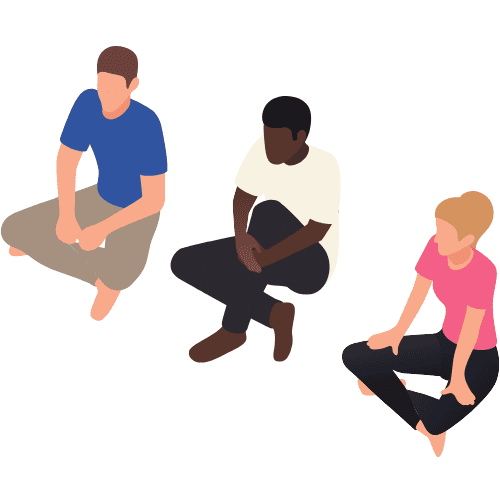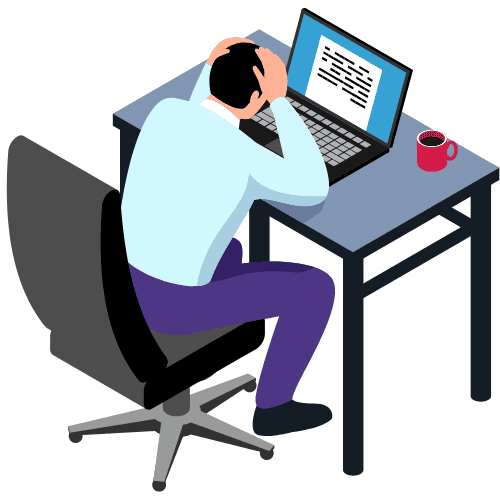
In the past, we’ve talked about tools and methods to avoid therapist burnout by leveraging technology-enabled solutions to lessen stressful workloads. Today, we’re resuming that conversation in order to discuss what burnout could mean on a personal and professional level as well as explore some strategies to manage stress in any environment.
What Is Burnout?
Burnout has now become a frequently used term in not only the healthcare industry but in daily social settings as well. However, it is fairly difficult to determine, and is currently something that can’t even be diagnosed!
Lacking a formal medical definition, doctors have been relying on general criteria to identify burnout. More recently, refined descriptions suggest common symptoms such as emotional fatigue and depersonalization as recognizable indicators. Additionally, burnout was aptly summed up in 1975 by H.J. Freudenberger “as failure or exhaustion because of excessive demands on energy, strength or resources.” This succinct definition still holds strong in the medical community today.
The Pervasive Negative Impact of Burnout
Burnout can be displayed in many ways, which is part of why it’s so hard to pinpoint and proactively treat, especially with people who may already suffer from depression or anxiety. Depending on the environment, the high cost of burnout could manifest from something as personal as substance abuse, as physical as musculoskeletal and cardiovascular disease, or even as serious as clinical errors or malpractice.
So, with all that in mind, how can we address the negative byproducts of burnout and prevent it from spiraling into a vicious cycle?
Wellness Strategies for Managing Burnout
There’s no shortage of studies on how to lessen the effects of burnout. Here are some important tips we’ve compiled to help keep burnout in check – whether it be at home, in the workplace or within any social setting.
Personal Strategies
On a small scale, burnout can be addressed by three important measures:
- Relief from stressors
- Recuperation via relaxation and recreational sports
- ‘Return to reality’ by revising your the idea of perfection
To expand on these three pillars, these five wellness strategies listed below can be exercised in your day-to-day life:

Improving Relationships
Focus on understanding the importance of quality time with loved ones as well as developing bonds with coworkers who can reflect on the emotional and existential aspects of your career.
The Pursuit Of Spiritual Peace
Nurture personal, and spiritual aspects, with or without a religion. Among medical professionals, as many as 34% reported that this particular strategy is essential when addressing burnout.
Adjusting Workplace Mindsets
Seek meaning and fulfillment in your work, so that you can better recognize as well as limit unfulfilling aspects of daily habits. An example of limiting practices could be slowing down on work-related extracurriculars, which ties into self-care.
Self-care
Actively cultivate personal interests and promote self-awareness by maintaining a responsible work/life balance. Additionally, be confident in your search for professional help if you experience mental health or physical illnesses that are beyond your control.
Studying Philosophy
Develop a philosophical approach to life that is based on values you assign positive meaning to. Find a way to balance those values with your professional life and bring them into your personal everyday routine as well.

Addressing Burnout in a Professional Setting
What about in the workplace? Overworked staff may not have the time or means to pursue these strategies and could possibly need something to lessen the burden of burnout in the office. Here are some small changes that can have a big impact.
Workplace Bonding
Encourage peer-to-peer coaching that promotes bonding between coworkers. This has the additional bonus of giving coworkers the opportunity to reflect on current practices and develop improvements.
Establish A Wellness Committee
This committee could be responsible for surveying staff to advocate for mental health resources, empathy training or even addressing issues like paper shortages or functional office equipment.
Allocate and Diffuse Workloads
A stellar example of this would be how Emergency Rooms (ERs) started sending patients who needed antibody infusions to smaller clinics during surges of COVID cases. Having this lengthy procedure performed at external locations freed up a substantial amount of time and resources that could be refocused on more critical ER duties.
Introduce Telehealth Options
During the height of the pandemic, creative measures were taken to improve clinical and administrative workflows, including the widespread adoption of telehealth systems in rehabilitation therapy. This took a massive burden off of healthcare professionals and solidified that telehealth is here to stay.
Look into additional telehealth integration options not only to address staff burnout, but to offer patients safe virtual care visits as well.
Translating Burnout-Prevention Strategies To Therapy And Rehab Practices
With the incredible changes we’ve seen in the healthcare industry over the past couple of years, there’s been a boom in innovative solutions. Raintree has been at the forefront of these developments, keeping the well-being of healthcare professionals and their patients as our primary focus.
Fueled by the flexibility and power of technology, our all-in-one platform is designed to streamline daily workflows as well as lessen the administrative burden on therapy and rehab providers. By enabling therapists to optimize internal resources as well as more efficiently prioritize management of their practice and patients, our software allows providers and their staff to also dedicate time to their own wellbeing.
Learn more about our commitment to humanizing healthcare and Raintree’s Software as a Relationship approach.
